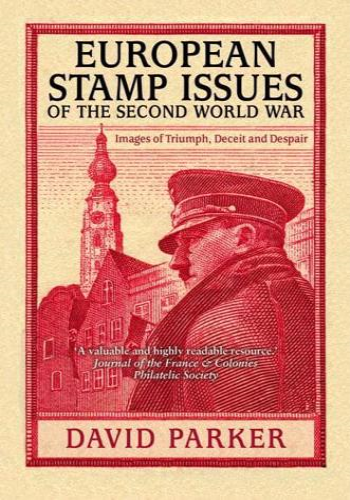Today, European nations still use stamps to commemorate aspects of a nation's culture, history and achievements. During the Second World War, however, stamps were considered far more important in conveying political and ideological messages about their country's change in fortunes - whether it was as triumphant occupier, willing or unwilling ally, or oppressed victim. Some issues and overprints contained obvious messages, but many others were skillfully designed and subtle in their intentions. Stamps and their accompanying postmarks offer an absorbing and surprisingly detailed insight into the hopes and fears of nations at this tumultuous time. This remarkable collection examines and interprets the stamps of twenty-two countries across western and eastern Europe. The glorification of the Führer and Germany on the stamps of countries he most oppressed was inevitable, but many issues are ambiguous and indicative of the rival ethnic and political forces striving to attain influence and power. Desperate to unite the people, Soviet Russia resorted to images of the nation's heroic achievements under the Tsars; the mutually hostile puppet states Hitler and Mussolini allowed to emerge out of conquered Yugoslavia lost no time in issuing stamps proclaiming their cultural diversity; and Vichy France sought to justify its existence with issues linking past glories under Louis XIV and Napoleon with an equally glorious future alongside Hitler. These and many more stories reveal the aspirations, assumptions and anxieties of so many nations as their destinies hung in the balance.







